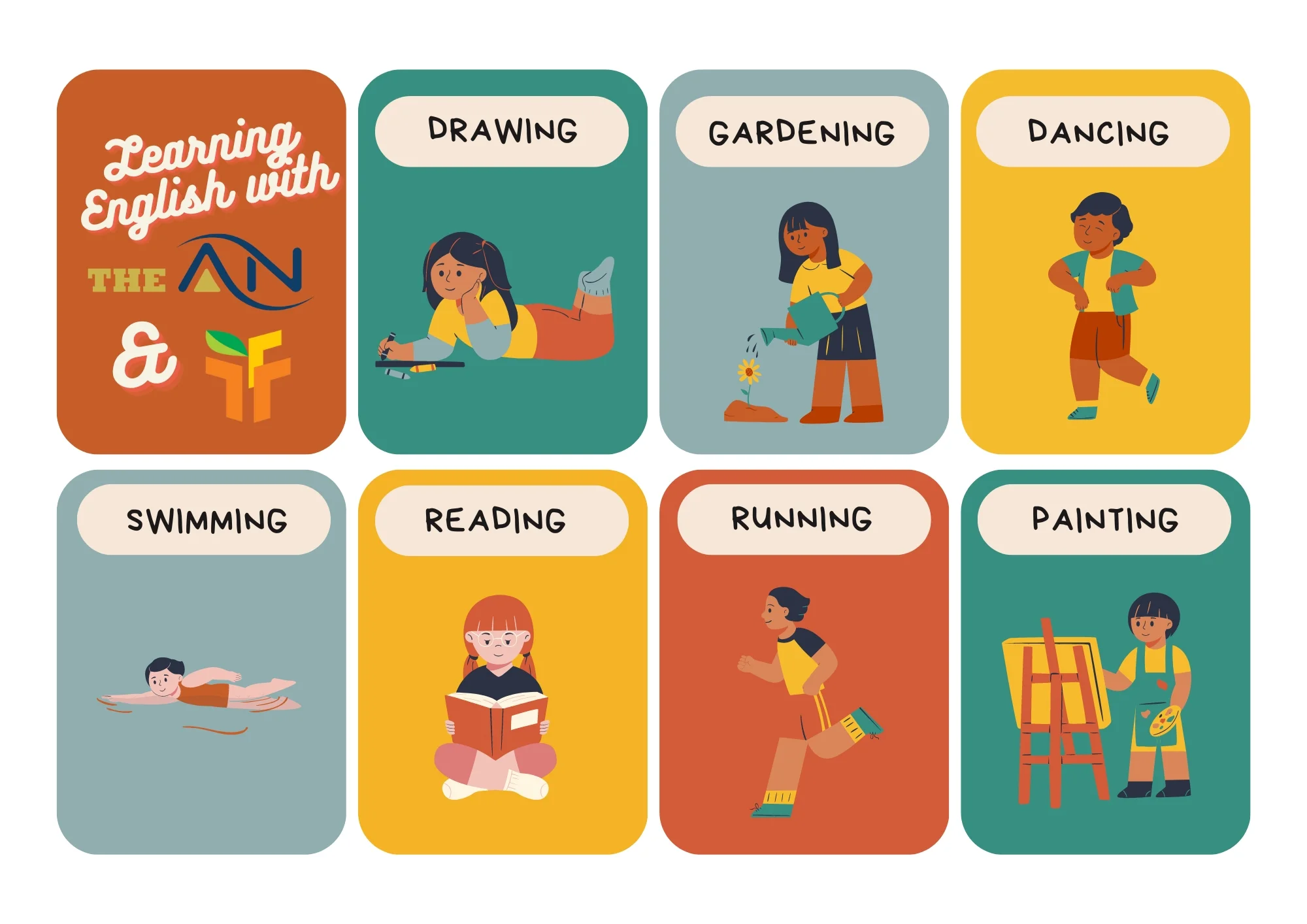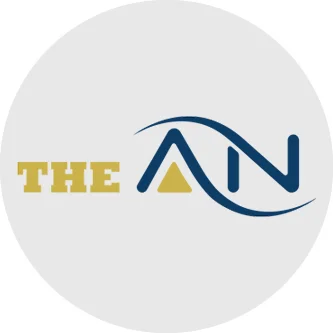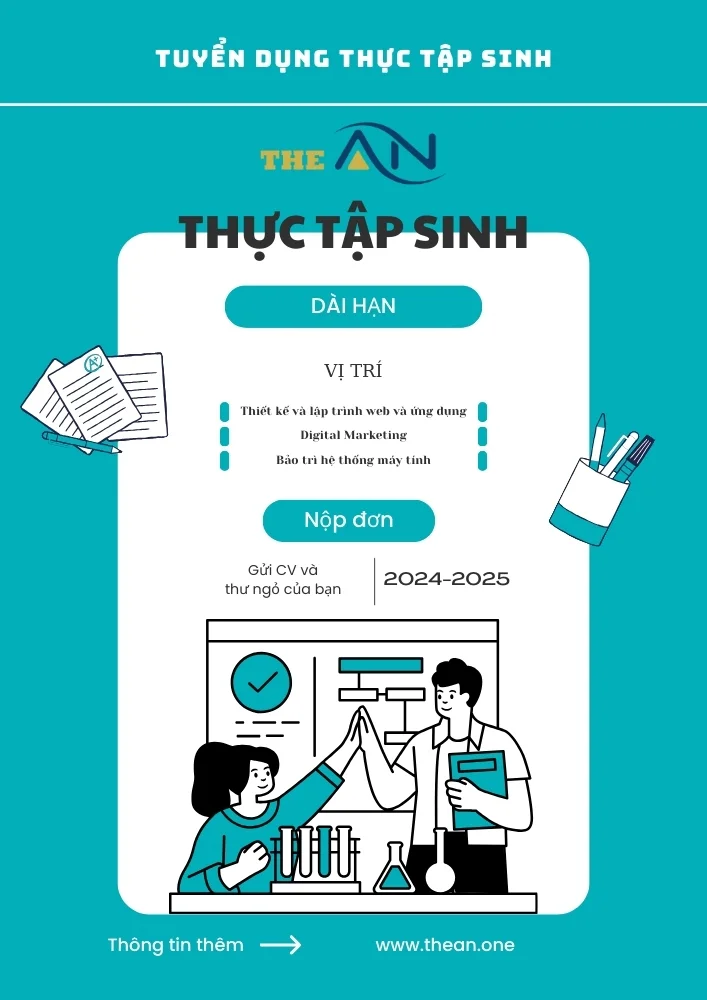What is a Conjunction – Meaning, Definition, Types & Exercises

In the vast realm of language, there exists a small but mighty word that plays a crucial role in our everyday communication: the Conjunction. While often overlooked, conjunctions hold the power to link words, phrases, and ideas, forming the building blocks of coherent and meaningful sentences. This article discusses the meaning, definition, types, and usage of conjunctions.
Table of Content
- What is a Conjunction
- Conjunction Definition
- Conjunction Examples
- Types of Conjunctions
- Coordinating Conjunction
- Subordinating Conjunction
- Correlative Conjunction Words
- Conjunctive Adverbs
- Conjunctions List: Usage
- List of Most Commonly Used Conjunctions
- Rules of Conjunction with Examples
- Conjunction Exercises
What is a Conjunction
A conjunction is a word that connects clauses, sentences, or other words. The usage of conjunctions is crucial for linking clauses, phrases, and words. Understanding the proper use of conjunctions improves the clarity and effectiveness of our writing, whether we’re using coordinating conjunctions to combine comparable elements, subordinating conjunctions to establish dependent clauses, or correlative conjunctions to communicate contrasting thoughts. Conjunctions can be used alone or in groups of two. For example – and, but, or are used alone but neither/nor, either/or etc are used in pairs. By interlinking different elements together, conjunctions enable us to express relationships and convey complex thoughts effectively.
Conjunction Definition
Conjunctions are phrases or words that join together different sentences, clauses, and other words together. Conjunctions play an important role in interconnecting clauses, sentences, and words. Whether using coordinating conjunctions to join similar elements, subordinating conjunctions to introduce dependent clauses, or correlatives conjunctions to express different ideas, understanding the appropriate usage of conjunctions enhances the clarity and effectiveness of our writing. Conjunctions are very helpful in both spoken communication and writing as they allow us to group similar ideas together and simplify, shorten, or clarify our sentences.
Conjunction Examples
Here are some examples to understand how conjunctions are used in sentences:
- Seeta and Geeta went to market.
- Give me chocolate or toffee.
- Ridhi and Sidhi have come
- Mrs. Parul is hospitalized therefore she had not come to the office.
Types of Conjunctions
Conjunctions are mainly of four types:
- Coordinating Conjunction
- Subordinating Conjunction
- Correlative Conjunction Words
- Conjunctive Adverbs
Coordinating Conjunction
And, but, or, nor, so, as well as, either _ or, neither _ nor, not only _ but also, only, then, therefore, are called Coordinating Conjunctions. Coordinating means “equal in ranks”. One can say that coordinating conjunctions are always used to add two equally ranked phrases, clauses, and sentences
Examples
- Bheem and Chutki were playing Carrom.
- You and I are students of Youtube marketing.
- My family is poor but honest.
Coordinating Conjunctions are of four types:
| 1 | Cumulative or Copulative conjunction | as…….. and, both……..and, as well as, no less than, Not only ……. but also. | Ravi was both fined and imprisoned |
|---|---|---|---|
| 2 | Alternative or Disjunctive conjunction | as_or, either……or, neither….nor, otherwise, else. | Either she is angry or she feigns madness |
| 3 | Adversative conjunction | as_But, still, yet, nevertheless, whereas, while, only. | She is slow, but she is steady |
| 4 | Illative conjunction | as_for, therefore, so, consequently. | He was found stealing, and therefore he was arrested |
Subordinating Conjunction
As, because, since, if, though, although, that, before, after, till, until, as long as, when, where, why, etc are known as Subordinating Conjunctions.
Examples
- Sudheer was fined as he drink alcohol.
- If she comes, I shall go.
- I don’t know where he lives.
Subordinating Conjunctions are of Eight types
| 1 | Conjunction of Time | Before, after, till/until, since, as soon as, while, as long as, when, as, whenever | I will leave as soon as you come. |
|---|---|---|---|
| 2 | Conjunction of Cause or Reason | Because, since, as | I hate him because he hates me. |
| 3 | Conjunction of Result or Consequences | That | He was so mad that he work late at night. |
| 4 | Conjunction of Purpose | That, so that, lest, in order that | She worked hard so that she might succeed. |
| 5 | Conjunction of Condition | if, as if, unless | She will dismiss you if you are late again. |
| 6 | Conjunction of Concession or Contrast | although, though, however | She is not contended though she is poor. |
| 7 | Conjunction of Comparison | as, than | She is as intelligent as I. |
| 8 | Conjunction of Extent or Manner | as, according as | All will reap as they sow. |
Correlative Conjunction Words
A pair of correlative conjunctions are used to join similar parts of a sentence. However, correlative conjunctions don’t just join nouns. We can connect verbs, adjectives, adverbs, prepositional phrases, and even clauses depending on which ones we use. Commas are typically not used with correlative conjunctions:
For examples:
- Sudhir kept talking in class; therefore, he got in trouble.
Conjunctions List: Usage
Here is the list of Conjunction which is used in our daily English usage:
| and | as well as | otherwise | or else | therefore | so | hence | consequently | either | neither |
| both ... and | so ... that | too ... to | as ... as | whether ... or | as ... so | as soon as | but ... | no sooner ... than | not only ... but also |
| where | wherever | whence | when | whenever | till or until | while | because | because of | since |
| that | lest | such ... that | if | unless | provided | as if/as though | although | though | however |
| no less than | whereas | nevertheless | how | however/howsoever | as yet | not yet | yet | as | as to |
| so as to | as far as | as | as now | as then | as yet | as regard | a compared with | as for this |
List of Most Commonly Used Conjunctions
| and | that | but | or | as | if | when | than |
| because | while | where | after | so | though | since | until |
| whether | before | although | nor | like | once | unless | now |
| except | |||||||
Rules of Conjunction with Examples
Rule 1: Either ... or is used to show a choice of two things.
For example:
- She is either intelligent or honest.
- Either you or your principal was present in the school.
Rule 2: Neither ... nor is used to show that a negative statement is true of two things.
For example:
- My friend is neither good nor intelligent.
- Neither Rishi nor Rahul was playing this game.
Rule 3: Both ... and is used in the sense of ‘and also’ or not only…..’ but also’.
For example:
- Varun is both tall and healthy.
- Both his friend and his girlfriend will be there.
Rule 4: Nor is also used after not adding more than two words with neither……….nor.
For example:
- His friend is neither intelligent nor honest nor good.
Rule 5: ‘Yet’ is used after ‘although’ / ‘though’ but the conjunction – ‘but’ is not used after ‘although’ / ‘though’.
For example:
- She is poor, yet She is honest.
Conjunction Exercises
Find the errors in the following questions
Q1. (a) Sudheer put all his / (b) energy into achieving the / (c) deadlines and / (d) Pradeep could not do so.
Solution:
- There is an error in part c.
- Replace “and” with “but”.
Q2. The major reason for (a) / her downfall is (b) because she did not work hard (c) / neither does she believes in her team (d).
Solution:
- There is an error in part c.
- Replace “because” with “that”.
Q3. She didn’t like (a) / the way that (b) / you speak to (c) / others in the class (d).
Solution:
- The error is in part b.
- Remove “that” by “in which”.
Q4. Sheetal has (a) / lived in Delhi (b) / when I were (c) / very young (d).
Solution:
- The error is in part (c).
- Replace “when” with “since”.
Q5. Not only he offered (a) / them some (b) / food but also he (c) / offered them clothes to wear (d).
Solution:
- There was an error in part (a).
- One should replace the first part with Not only did he offer.
Fill in the Blanks
Solution: Neither will be the correct choice because neither/nor are used together to demonstrate that two or more things are not true or not going to happen.
Solution: Either will be the correct choice. Either/ or used in an affirmative sentence to offer a choice between two possibilities or to express a cause-effect scenario.
Solution: If will be the correct choice because it shows a cause-effect scenario.
Solution: Lest will be the correct choice because Lest..should be the correlative conjunction.
Solution: In spite of will be the correct choice here. because it shows a sense of ineffectiveness irrespective of the presence of the wanted thing.
Conjunctions- FAQs
A conjunction is a word that connects clauses, sentences, or other words. Conjunctions can be used alone or in groups of two. For example: and, but, or are used alone but neither/nor, either/or etc are used in pairs.
As, because, since, if, though, although, that, before, after, till, until, as long as, when, where, why, etc are known as Subordinating Conjunction.
The following are examples of Conjunctions:
- Sudheer was fined as he drink alcohol.
- Mrs. Parul is hospitalized therefore she had not come to the office.
- Give me chocolate or toffee.
The following are examples of Conjunctions: and, that, but, or, as, if, when, then, because, while, where, after, so, though, since, until.
The following are the rules of Conjunctions:
- yet’ is used after ‘although’ / ‘though’ but the conjunction – ‘but’ is not used after ‘although’ / ‘though’.
- Nor is also used after not adding more than two words with neither ... nor.
- Both ... and are used in the sense of ‘and also’ or not only ....’ but also’.
- Either ... or is used to show a choice of two things.
Conjunctions are words that connect parts of sentences. Coordinating conjunctions link equal parts, like “and” and “but.” Subordinating conjunctions join dependent clauses to independent clauses, showing relationships like cause and effect or time. Correlative conjunctions come in pairs to link similar elements, such as “either … or” or “both … and.” These words help structure sentences and convey relationships between ideas.
Quý anh/chị đang tìm kiếm một doanh nghiệp uy tín cung cấp dịch vụ Công Nghệ Thông Tin như Thiết kế và lập trình website, Digital Marketing, hoặc dịch vụ Bảo trì và chăm sóc hệ thống máy tính, ...? Đừng ngần ngại hãy liên hệ với The ÂN qua số điện thoại (+84).326.418.478 để được tư vấn cụ thể, hoặc liên hệ qua mẫu tin.
Các thông tin nổi bật khác:









